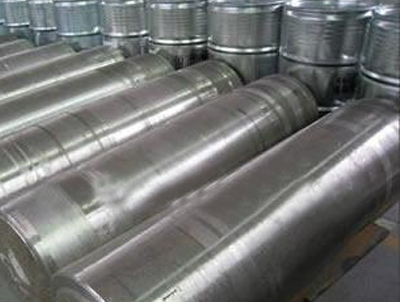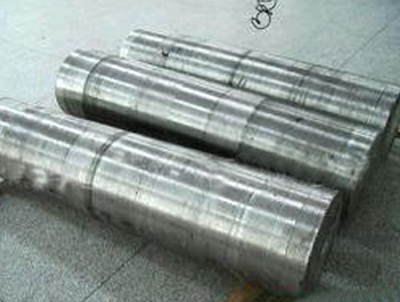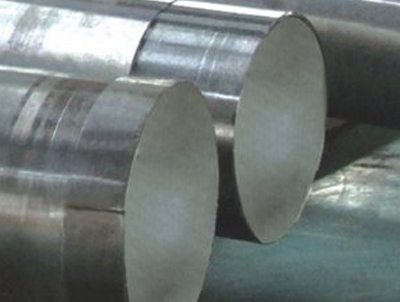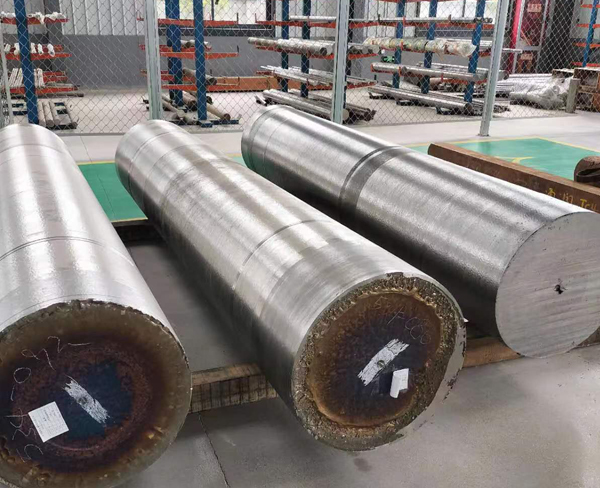Aviation industry
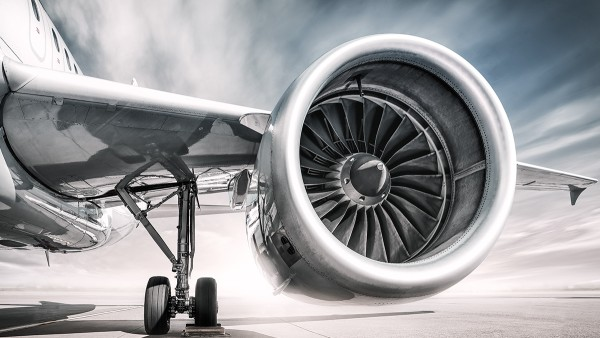
Titanium materials are mainly used in commercial aviation and military industries. In 2011, the world's titanium production was 148,020 tons and consumption was 108,100 tons. The main application areas are: commercial aviation accounting for 43%, industry 48%, military 6%, and emerging markets 3%. my country's titanium materials are mainly used in industry, of which the chemical industry accounts for 50%, electric power (12%), metallurgy (4%), sports and leisure (9.4%), salt production (4.2%), and aerospace (8.5% ) also accounts for a higher proportion. Titanium is an excellent metal material for the aerospace and military industries. Titanium has the characteristics of high melting point, small specific gravity, good toughness, fatigue resistance, corrosion resistance, low thermal conductivity, good high and low temperature tolerance, and low stress under rapid cooling and rapid heating conditions. At present, titanium is often combined with other elements such as iron, aluminum, vanadium or molybdenum to create high-strength light alloys, which are used in high-tech and military fields such as aviation, aerospace, military industry, and ships, and are known as "space metals" and "space metals". "Marine metal" is a heavy "strategic metal" indispensable for improving the level of national defense equipment.
Judging from the industry demand structure of titanium rods, the global demand for industrial titanium reaches more than 40%, and industrial titanium is distributed in a wide range of areas, including chemical industry, electric power, metallurgy, shipbuilding, ocean engineering, etc., and they are growing steadily with the growth of the global economy. . Among them, the aviation industry, including commercial aviation and military aviation, accounts for about half of the global titanium demand, and the operation of the aviation industry is characterized by strong cyclical fluctuations. In terms of regional demand structure, the European and American aviation industry accounts for nearly 70% of global demand for titanium. Titanium consumption in Asia is mainly concentrated in industry and sports and leisure, with the aviation industry accounting for less than 20%. The uses of titanium in the military field include aircraft, warships, weapons, missiles, etc. The main consumption of titanium in the military field is still concentrated on military aircraft. The first use of titanium alloy in the United States was the F-86 fighter jet, and later it was widely used in the F-111, F-14, and F-15A fighter jets. With the upgrading of fighter aircraft, the requirements for speed and control performance have increased, and military aircraft have increasingly higher requirements for material performance, and the use of titanium materials has gradually increased; titanium materials are also used in the construction of warships, new destroyers, submarines, etc.; at the same time Titanium materials are also used in the construction of ship propellers, engine parts, heat exchangers, condensers, coolers, hull sonar domes and various pipe fittings.
In addition, aerospace engines also have great potential for using titanium, which is used in many key components such as blades and casings. With the growth of the total number of aircraft and aero engines in service, and the upgrading of aero engines, the global construction volume of aero engines will increase from 2,890 units in 2013 to 3,900 units in 2018, with an annual growth rate of 6%. The improvement of aero-engine performance is achieved to a large extent through the adoption of new structures, new materials and new processes. The contribution of materials and manufacturing technology accounts for approximately 50% to 60% of the improvement in the performance, reliability and thrust-to-weight ratio of modern advanced aero engines. "We often say that 'revitalizing aviation, power first', key technology research first, materials and process technology must come first, especially the engineering application research and experimental verification of new materials and new process technology must be strengthened." Because the density of titanium alloy is much smaller than that of steel, and its strength is very close to that of steel, it can greatly reduce the weight of aircraft and their engines. In military aircraft engines, since the service life of military aircraft engines is shorter than that of commercial aviation, the demand for titanium materials is growing at a not slow rate. Historically, the major cycles of the titanium industry are related to the ups and downs of the aviation industry. In the past nearly 40 years, every significant increase or decrease in titanium prices has been mainly caused by changes in commercial aviation demand. Among the 19 major events in the titanium market in the past 40 years, 15 were caused by demand, 11 of which were caused by changes in commercial aviation demand.


